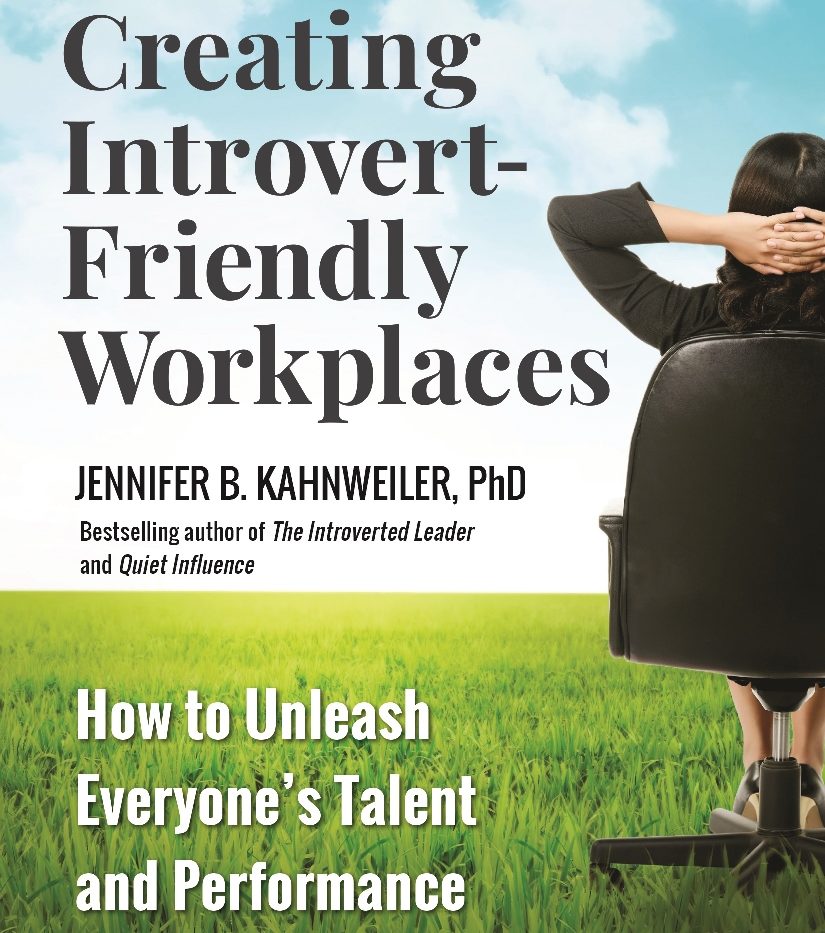The following is an excerpt from my book, Creating Introvert-Friendly Workplaces: How to Unleash Everyone’s Talent and Performance.
I was teaching a week-long leadership class for 30 engineers from different companies when I noticed that one of the participants, who I will call Sean, hadn’t been very vocal. At a break I asked him how the class was going for him. Sean hesitated and then said, “Well, Jennifer, I think the material is interesting, and I may be able to use some of it. However, I know I will never be a manager at my company.”
“Why do you sound so certain?” I asked.
“Because the managers in my workplace talk really loudly and move so fast. That’s not me,” Sean replied.
I tried to provide the usual encouraging words like “Don’t give up!” and “You have so many strengths!” but I could tell that Sean wasn’t buying my seasoned pep talk.
In my previous books, The Introverted Leader (2018), Quiet Influence (2013), and The Genius of Opposites (2015), I made the case for how introverts can own their quiet strengths and use them to achieve results and make an impact.
In that moment of talking to Sean, however, I realized that my work with introverts had to be part of a broader movement, one in which organizations also worked to harness introvert power.
How can we tap into the potential of introverts like Sean and support their working styles in our traditional extroverted workplace cultures? I believe if we don’t factor introvert strengths and personalities into how we run our organizations by creating introvert-friendly workplaces, we risk missing out on the talents and skills of millions and the huge positive impact they can have on our businesses. If introverts like Sean are continually told that they need to change who they are and to be more vocal and outgoing, they will eventually hit a wall. They will check out, taking with them their ideas, creativity, and unique perspectives. And what then becomes of our workplaces? Our cultures become less vibrant, our solutions become more homogeneous, and we lose our competitive edges.





